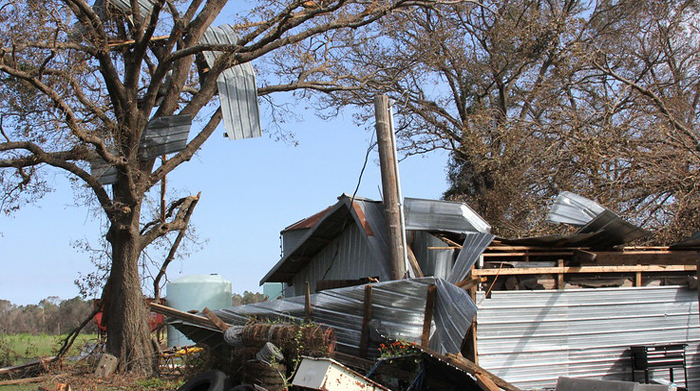2023: Record Number of Billion-Dollar Disasters in the US

Image courtesy of UGA CAES/Extension under Attribution-NonCommercial 2.0 Generic License, resized to 700 x 391 pixels.
According to a Sept. report from NOAA, the U.S. experienced a record number of billion-dollar disasters in 2023. Between massive wildfires, destructive hurricanes, and severe flooding events, it’s been one for the record books. And the totals reflect only the first 8 months of the year.
Details of the Billion-Dollar Disasters in 2023 So Far
From Jan. through Aug., the U.S. suffered 23 separate weather disasters that each caused more than $1 billion in damage. This is the highest number ever recorded (since NOAA started tracking this in 1980). The previous record was 22 billion-dollar disasters in 2020.
These 23 disasters caused nearly $58 billion in damage and killed over 250 people. The most impactful disasters were the Maui wildfire which was the deadliest such event in over 100 years, and Hurricane Idalia which was the strongest hurricane to hit Florida in 125 years. Overall, the total included 18 severe weather events, 2 flooding events, 1 hurricane, 1 wildfire, and 1 winter storm event.
Obviously, this is a disturbing trend, especially when you consider that the average number of billion-dollar disasters was 8 per year from 1980 to 2022, compared to 18 per year from 2018-2023. I’m sure inflation has something to do with this, but it’s a problematic trend, nonetheless.
All this large-scale disaster activity has raised concerns that the Federal Emergency Management Agency (FEMA) may not have enough money left to respond for the remainder of the year. As of the time of the report, the federal disaster fund was down to its last $3.4 billion, creating a need to prioritize spending more tightly (that is, until Congress accepts Biden’s request for an additional $16 billion to replenish the fund).
From a utility emergency preparedness perspective, this adds more justification for ramping up resources to maximize reliability and optimize storm response. In the final analysis, the trend around billion-dollar disasters isn’t going to suddenly reverse course, so it is incumbent upon utilities to make sure they are prepared for this new reality going forward.



